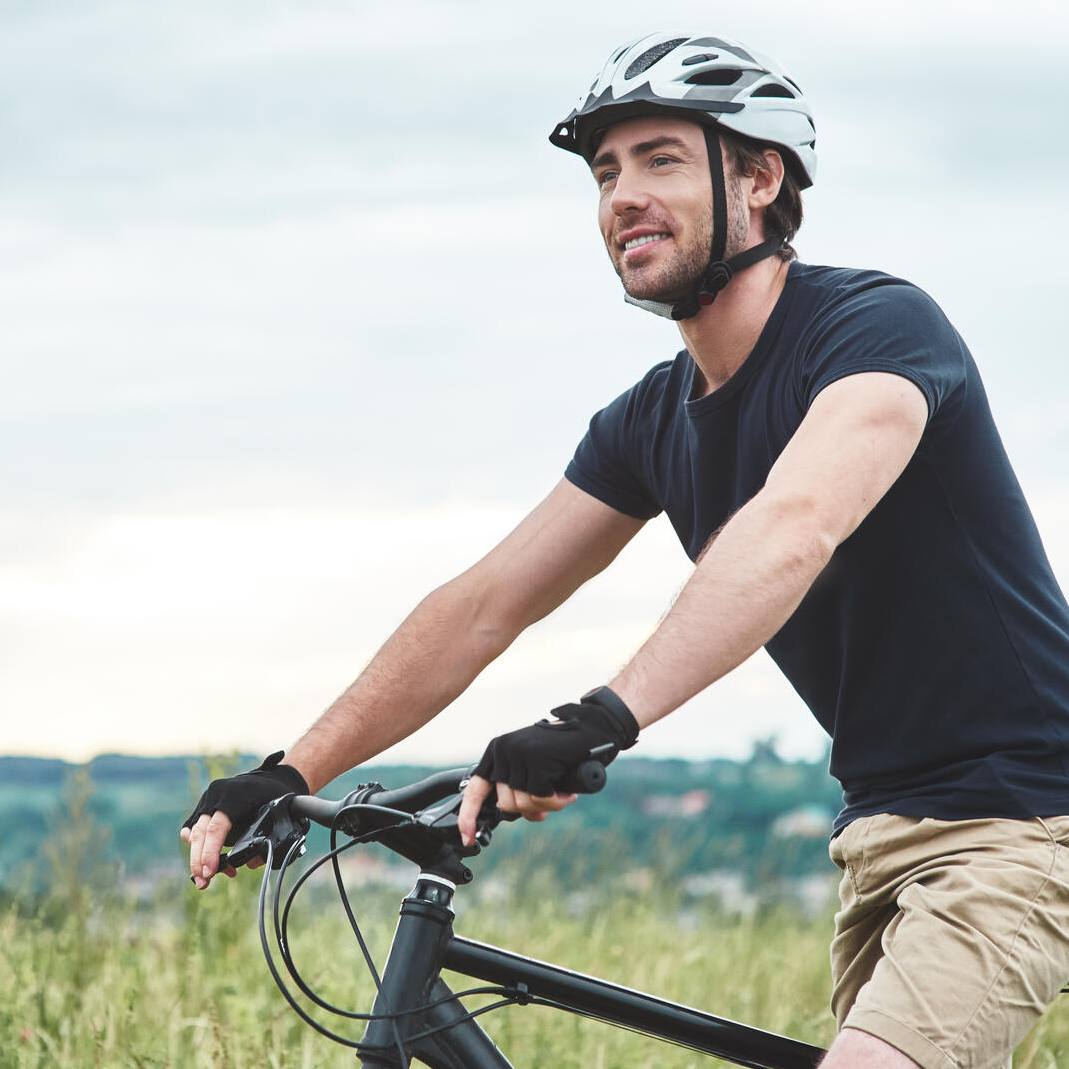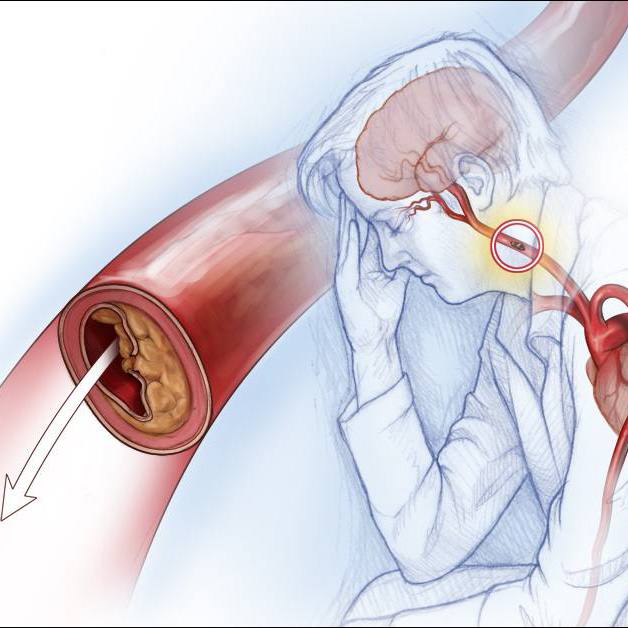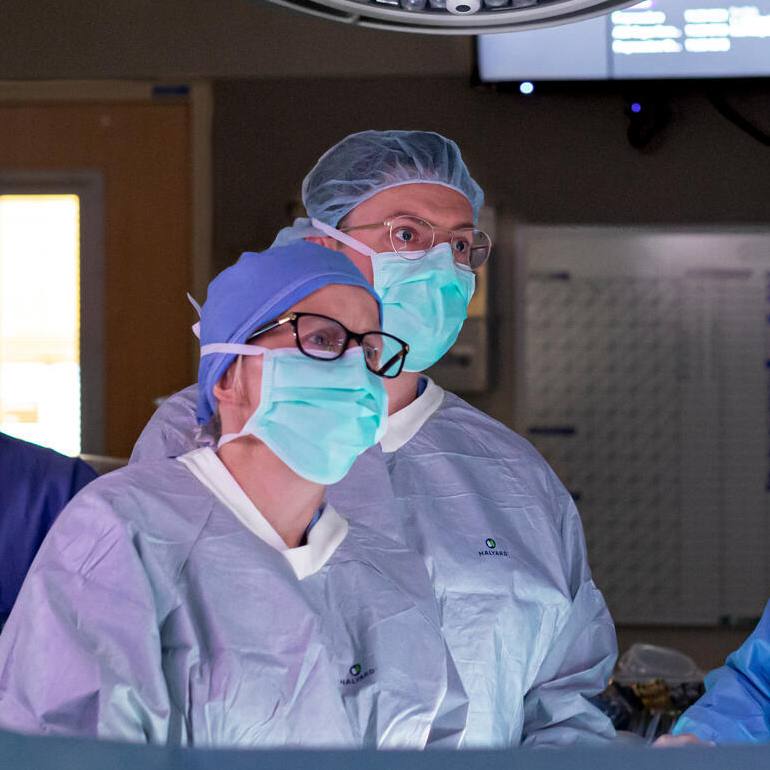Extreme heat continues to cause issues across the country and the globe. Excessive heat warnings are out in many areas, including the Phoenix area where the forecast is for highs approaching 120-degrees this weekend.
As the temperature rises, so does the risk of heat-related illnesses, like heat exhaustion and heatstroke. Over the past 30 years, extreme heat has claimed more lives in America than any other weather-related hazard, including flooding, tornadoes, hurricanes or lightning, according to the National Weather Service.
Experts at Mayo Clinic say it's important to recognize the signs and symptoms of heat illnesses, and learn how to prevent them.
Journalists: Broadcast-quality video (1:08) is in the downloads at the end of this post. Please courtesy: "Mayo Clinic News Network." Read the script.
Your body is like a car's engine. If it starts to overheat, the warning light goes on. And that is heat exhaustion.
"Which is where you feel nauseous or dizzy. You just don't feel right, and you're sweating profusely," says Dr. Neha Raukar, a Mayo Clinic emergency medicine physician.
Anyone at any age can suffer from heat exhaustion. High temperatures, particularly when paired with high humidity, are the primary cause.
"Ways to prevent it include hydrating a lot, dressing appropriately for the weather, going into an air-conditioned place when you don't feel quite right, taking breaks if you're outside working," says Dr. Raukar.
Without prompt treatment, heat exhaustion can lead to heatstroke, a life-threatening condition that requires emergency medical attention.
"The management of heat stroke is giving them fluids and dunking them into a cool, ice water bath as quickly as possible," says Dr. Raukar.
A common symptom of heatstroke is an altered mental state or behavior.
"The pearl, I always say, is to look for confusion. If they are confused, they are having heatstroke," says Dr. Raukar. "If anybody is in the heat and they're feeling nauseous and just not quite right, they should take a break, hydrate with cool water, and just sit down for a little bit and let their body cool down."
Related posts:
- "Hydration in the heat"
- "Tips for severe weather planning."
- "Heat and exercise: tips for staying cool in extreme heat."
Related Articles







